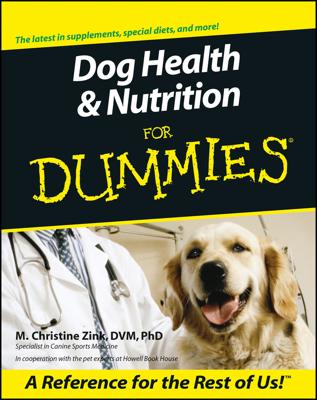Special care must be taken to treat your puppy's reactions to bites and stings, as well as burns and heatstroke. Most bug bites or stings are merely an annoyance for puppies. However, if a dog is allergic to a bite or sting, or if they are burned or exposed to heatstroke, the reaction can be severe and sometimes life-threatening.
Treating bug bites and stings
In most cases, a bump, scratch, and a bit of swelling from a bug bite or sting won’t alter the day too dramatically for your puppy. Symptoms of your puppy's allergy to a bug bite or sting include facial swelling, hives, fever, joint pain, muscle ache, swelling, vomiting, and diarrhea. If your puppy has this reaction, seek medical attention immediately.
A severely allergic dog goes into respiratory failure, which can be fatal within minutes. This reaction, anaphylaxis, requires immediate veterinary attention. If you know your puppy is sensitive to insect bites, ask your veterinarian to prescribe a bee-sting kit that can counteract the reaction in an emergency.
Treating snake bites
Although most snakes issue pressure bites when they feel threatened, most bites aren’t poisonous. How can you tell? Poisonous snakes have fangs that make holes in the skin. Here are some other general guidelines for telling whether a snake is dangerous:
Most native North American snakes that are solid-colored or have stripes running the length of the body are nonvenomous.
Be careful of snakes with diamond backs, stripes running around the body, or those with blotch patterns. In North America, poisonous snakes include rattlesnakes, water moccasins, cottonmouths, coral snakes, and copperheads.
A puppy who tangles with a poisonous snake usually doesn’t have long to live. He’ll probably swell up like a balloon. Then, within hours, he’ll go into seizures, fall into a coma, and most likely die. If your puppy is bitten by a poisonous snake, get him to his veterinarian immediately, phoning her en route so she can prepare an antidote.
Treating burns
Burns can result when puppy’s curiosity strikes and he gets into chemicals or chews household appliances. They can also be caused, of course, by contact with fire.
You need to stay extremely calm if your puppy gets burned and get him to his veterinarian immediately. Call the vet’s office in advance. The vet may suggest pouring cool water over the area before you arrive.
If your puppy gets burned by chewing on electrical cords and is in pain, apply ice to the burns and give him ice water. Then take him to his veterinarian, who may prescribe antibiotic oral gel to prevent infection and may recommend a dietary change until his mouth is back to normal.
Treating and preventing heatstroke
Because dogs don’t have pores, they can’t sweat. The only way they can release heat is through the pads in their feet and by panting. Dogs can suffer from heatstroke if left in poorly ventilated areas, such as a car or kennel, or if tied out or overexercised on a humid day.
If you notice that your puppy has shallow breathing, a rapid heart rate, and a high temperature, cool your puppy gradually with wet towels, a cool bath, or ice around his neck, head, and groin. After cooling him off, take him to the veterinarian.
Heatstroke is preventable. Never leave your puppy in a poorly ventilated environment, and make sure water is always available on warm days. If an emergency necessitates leaving your puppy in the car, contain him in a kennel or seat-belt harness and leave the car running with the air conditioning on and doors locked. For cases like these, keep an extra set of keys in the glove compartment to take with you so you can get back in your locked car.
The best solution is never to take your puppy with you on hot days. A car, even with all the windows down, can overheat within an hour.

